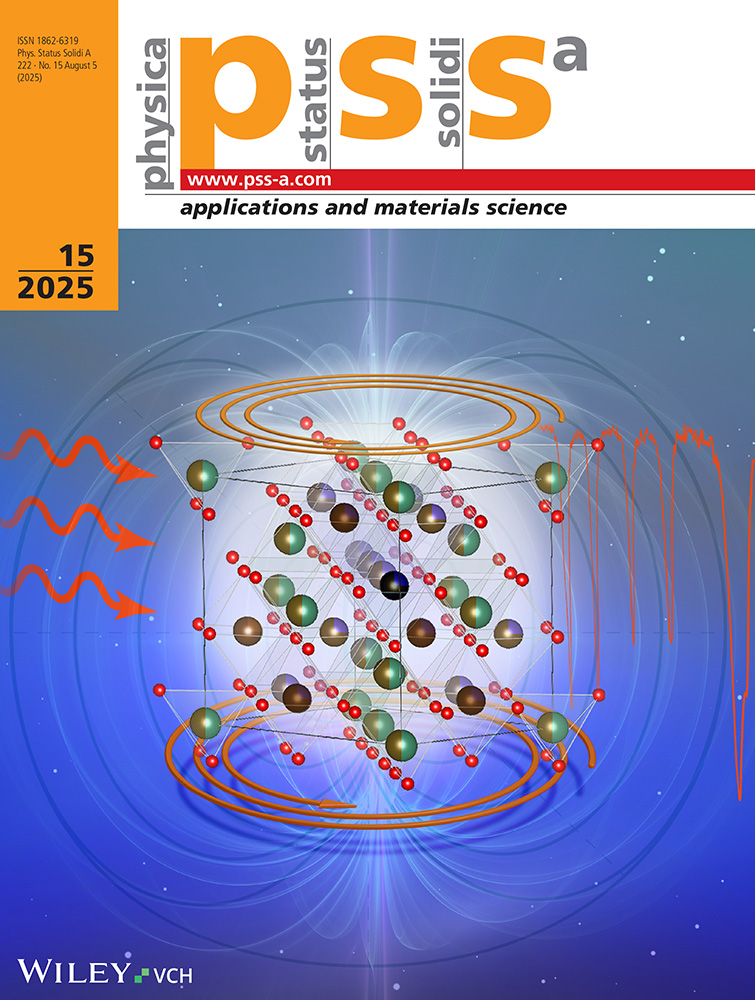Sum Frequency Generation Study of CO Adsorption on Palladium Model Catalysts
Abstract
In the present contribution CO adsorption on palladium aggregates was examined with IR-visible sum frequency generation vibrational spectroscopy. Supported Pd nanoparticles of different mean size and surface roughness were prepared by electron beam evaporation on an ordered Al2O3 thin film formed on NiAl(110). SFG spectra were acquired for a wide range of CO pressures (from 1 × 10—7 to 200 mbar) at 190 to 300 K. At low pressure, evidence for a particle structure dependence of the CO adsorption geometry was found, with on-top CO sites significantly occupied on defective particles. On the other hand, under a high pressure regime, discrepancies between rough and smooth well-faceted particles were mostly reduced, with the relative fraction of on-top CO nearly equal for both cases. As a reference model, adsorption on well-defined Pd(111) single crystals was monitored as a function of CO pressure up to 1 bar and contrasted to the work done on aggregates. Under ultrahigh vacuum the SFG spectra on large Pd particles closely resembled the Pd(111) response. However, for pressures higher than 1 mbar at 190 K twofold bridge bonded sites were no longer populated on the Pd(111) surface while the bridge bonded occupancy was significant on Pd aggregates for all pressures studied.




